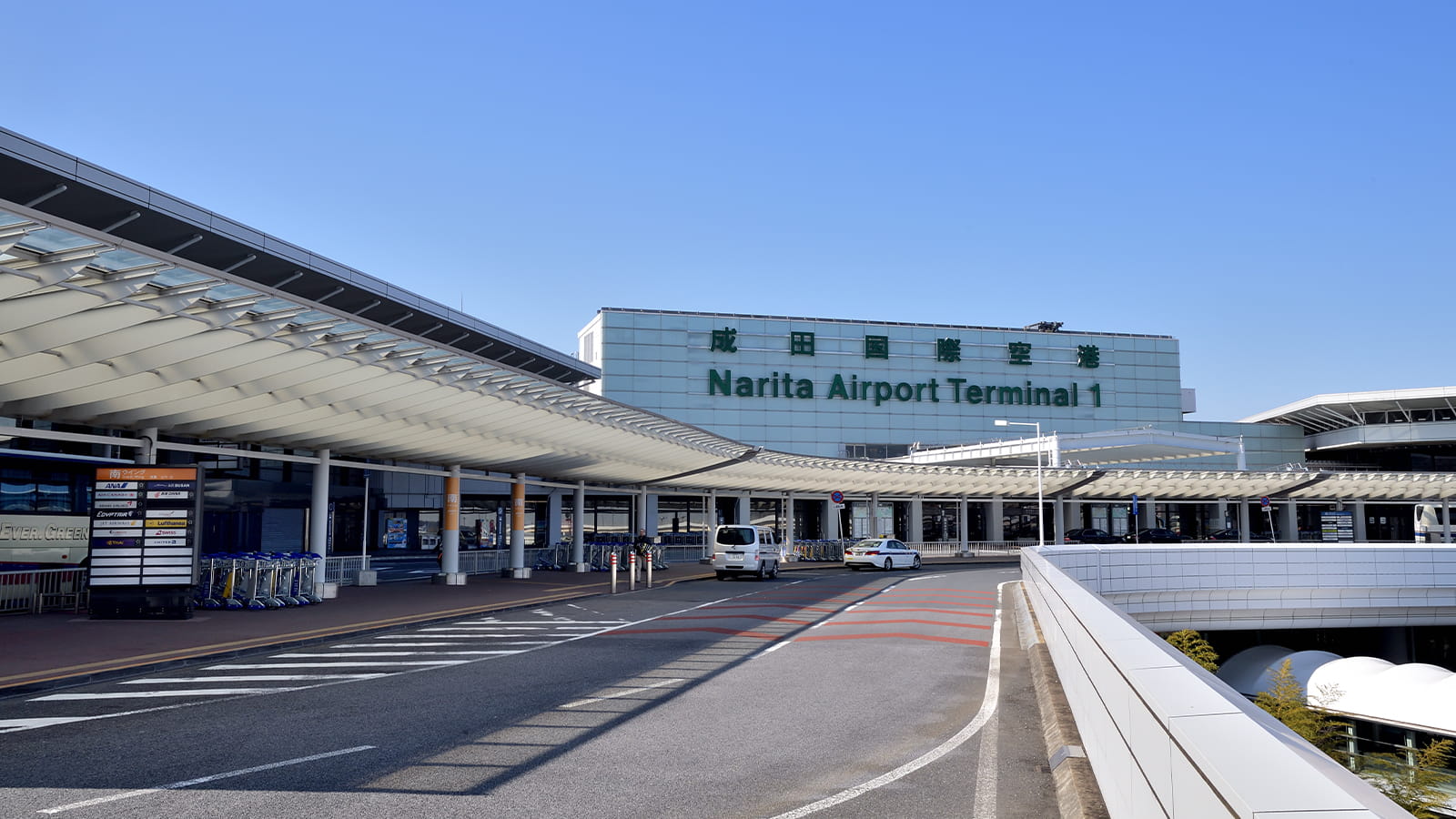To Redefine Aerospace We Must Reimagine Aftermarket MRO
Ajay Agrawal
President, Aftermarket Services
[Published on InsideMRO online, May 30, 2019]
[Published in InsideMRO magazine, June 3, 2019]
Aviation aftermarket MRO (Maintenance, Repair and Overhaul) is a value-added service that accompanies the delivery of new aircraft. While aftermarket plays a crucial role in the aviation industry, it doesn’t receive the enthusiastic headlines that often accompany new aircraft.
It’s easy to understand why.
Touchscreen avionics, lay-flat seats, virtual windows, inflight entertainment at terrestrial speed, and LED cabin lighting with the potential to deliver 16 million different colors … you see the challenge. Put these components in a new aircraft with the latest engines and a breathtaking sweep of wing, and it’s tough to compete for ink.
Yet a lot more people are going to be a lot more enthusiastic about aftermarket in the near future. Because this is a fact: It will be impossible for the aviation industry to achieve the ideal of frictionless travel if aftermarket is an ongoing source of inefficiency and delay brought on by a striking amount of manual intervention.
It’s ironic that within a hi-technology industry like aviation, the majority of aftermarket services are not leveraging digital innovation to bring value to customers. There are hundreds-of-thousands of transactions taking place between airlines and their aftermarket providers every day. Surprisingly, a lot of this is happening with old technology. Customers send email wanting to know where their product is and when they will receive it. MRO facilities respond with email. The amount of manual intervention required for aftermarket to ensure on-time deliveries is an industry-defining issue.
Add to this the fact that a large number of aircraft systems and components are maintained “on condition” resulting in a paradigm that causes delays and cancellations because we wait until the systems or components fail. This causes significant disruptions to airlines and the flying public.
To successfully redefine aerospace we must reimagine aftermarket MRO. Aviation industry suppliers must do more to deliver an aftermarket digital ecosystem that decreases inefficiency and improves the customer experience. Until aftermarket innovation mirrors design innovation, aftermarket inefficiency will slow the industry’s advancement.
The solution is an aftermarket digital ecosystem that both leverages and delivers innovation in hardware, connectivity, analytics, and the more traditional aftermarket playing field—customer support. In particular:
Smarter Hardware ... that delivers the right data.
Many aircraft systems are not designed for connectivity and prognostics. This means valuable information about the status of aircraft equipment is unknown. We need smarter systems that alert operators to maintenance needs before minor issues become major events. A good example of this is current smart/connected products that significantly improve landing gear performance and reduce aircraft downtime, taking the guesswork out of maintenance.
Connectivity … to resolve data access.
The world’s best asset intelligence (or predictive) models can’t overcome scenarios where data cannot be moved quickly and reliably from source to decision. The result is lost opportunities. Today there is too much data coming off aircraft on the ground and being put on 3.5-in. floppy disks. This leads to inefficiencies, manual errors and lost/corrupt data events. These capacity and connectivity constraints for movement of aircraft data limit value creation and innovation. There are systems right now that capture data from aircraft buses and make it available for various use cases in airline operations—but these systems need to be on many more aircraft before we can say that we have a truly connected aftermarket ecosystem.
Predictive Analytics … to quickly help airline maintenance and operations teams.
Newer aircraft platforms capture massive amounts of data, but this does not guarantee improved predictive maintenance capability. The key that unlocks a step change in operations efficiency requires that we target the right data and interpret it the right way. Today, the product expertise of system OEMs delivers smarter analysis that enables more targeted outcomes—be it reduced delays and cancellations or unplanned maintenance events. The goal of OEM suppliers is to move high-impact aircraft systems from on-condition to prognostics-based maintenance that provides products with deep engineering and analytical expertise.
More Integrated Customer Support Solutions … to close the loop.
While predictive models are one part of the overall equation, the other is better customer support. The focus should be on a closed-loop, end-to-end operation that enables spare parts to be positioned proactively based on fleet needs and where proactive removals are validated in MRO shops. More broadly, this data enables MROs to learn more about the operation of products in the field versus their expected design performance. In some instances, engineers are now leveraging this data and intelligence to drive product improvements and develop modifications and upgrades to improve overall reliability and enhance connectivity and operational efficiency of the customer’s fleet.
The good news is Collins Aerospace and others are responding to the needs suggested in each of these four areas. Collins Aerospace’s integrated customer support solutions, for example, leverage multiple digital products that operationalize predictive maintenance and bring our operations closer to our customers around the world. What needs to happen now is closer collaboration between leading players in the industry to accelerate progress and bring actionable solutions to the customer faster.
Aircraft exterior and interior design innovations may be where the excitement is, but when aircraft are on the ground instead of in the air—passengers, airlines and OEMs suffer. And that is nobody’s definition of frictionless travel. There must be a digital transformation of the aftermarket ecosystem that helps enable, empower and drive the aviation industry forward.
And who knows. Aftermarket just might give that “breathtaking sweep of wing” a run for most enthusiastic headlines.
####




